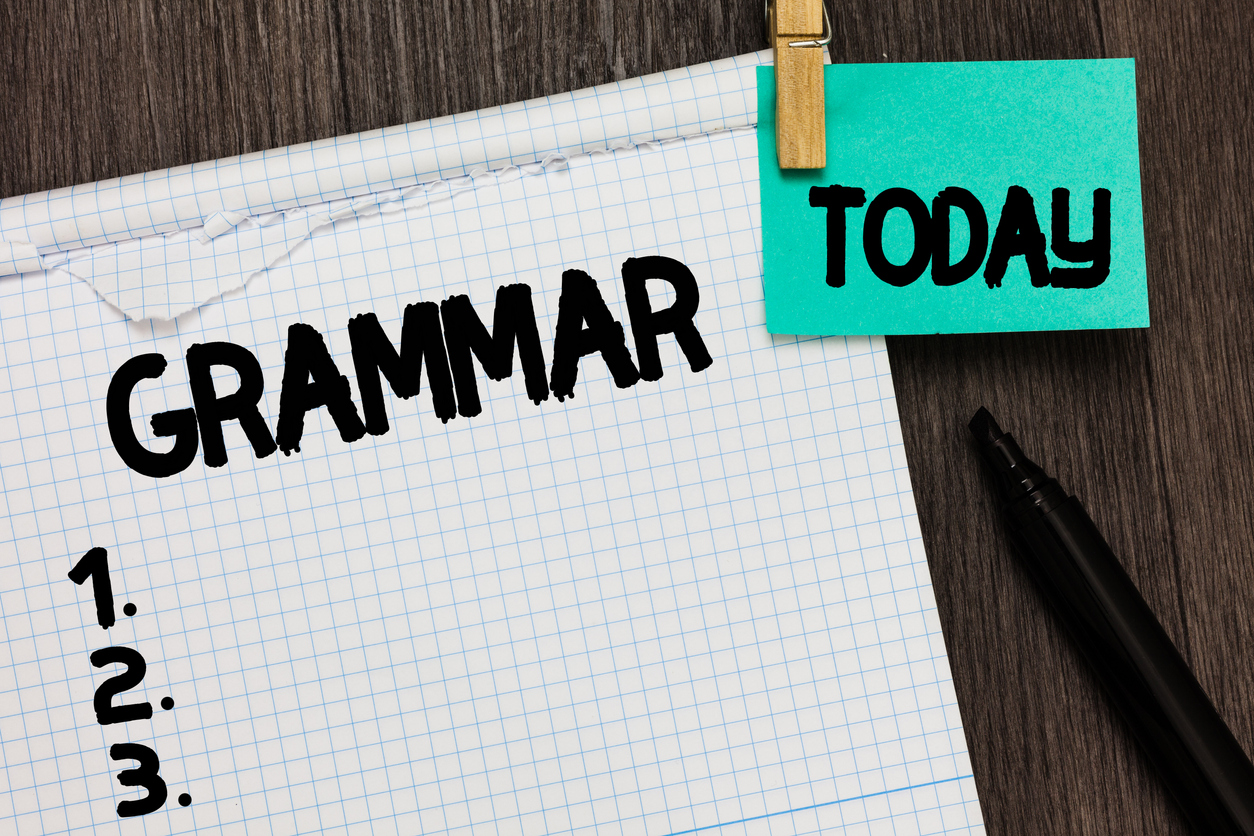Il verbo to have (avere) indica possesso, ed è il secondo verbo più importante della lingua inglese. il verbo to have – proprio come il verbo to be – può anche avere il ruolo di verbo ausiliare.
Vediamo allora come si coniuga il verbo to have:
| I | have | io ho |
| you | have | tu hai |
| he/she/it | has | lui/lei ha |
| we | have | noi abbiamo |
| you | have | voi avete |
| they | have | loro hanno |
Questo non è troppo complicato, devi solo ricordarti che alla terza persona singolare il verbo cambia da have a has.
Dopo il verbo devi mettere l’oggetto posseduto (la cosa che qualcuno ha):
 |
 |
I have a puppy. |
We have plenty of books. |
| Io ho un cucciolo. | Noi abbiamo molti libri. |
To have got
Il verbo „to have” (come verbo ordinario – non come ausiliare) ha anche una versione differente che è „to have got” che, però, è meno frequente. Ci sono delle piccole differenze nel significato tra i due verbi, ma si tratta soprattutto di differenze tra il liguaggio americano e quello britannico. Se ti posso dare un consiglio, almeno all’inizio scegli sempre il verbo „to have” per non confonderti nelle strutture.
Allora vediamo anche come si coniuga „to have got” al presente indicativo.
| I | have got | io ho |
| you | have got | tu hai |
| he/she/it | has got | lui/lei ha |
| we | have got | noi abbiamo |
| you | have got | voi avete |
| they | have got | loro hanno |
 |
 |
I have two brothers. I have got two brothers. |
Fiona has a lot of candies. Fiona has got a lot of candies. |
| Io ho due fratelli. | Fiona ha molte caramelle. |
Quindi possiamo dire che, anche se non aggiungi „got”, non cambia nulla nel significato e la frase rimane grammaticalmente corretta.
I have a car = I have got a car = Io ho una macchina.
She has a flat = She has got a flat = Lei ha un appartamento.
Ma nella forma negativa e in quella interrogativa le due strutture cambiano sensibilmente.
Vediamo quindi la coniugazione negativa e interrogativa di „to have” e „to have got”.
| TO HAVE | FORMA INTERA | FORMA CONTRATTA | |
| Negativo | I | do not have | don’t have |
| you | do not have | don’t have | |
| he/she/it | does not have | doesn’t have | |
| we | do not have | don’t have | |
| you | do not have | don’t have | |
| they | do not have | don’t have | |
| Interrogativo | Do | I | have? |
| Do | you | have? | |
| Does | he/she/it | have? | |
| Do | we | have? | |
| Do | you | have? | |
| Do | they | have? | |
| TO HAVE GOT | FORMA INTERA | FORMA CONTRATTA | |
| Negativo | I | have not got | haven’t got |
| you | have not got | haven’t got | |
| he/she/it | has not got | hasn’t got | |
| we | have not got | haven’t got | |
| you | have not got | haven’t got | |
| they | have not got | haven’t got | |
| Interrogativo | Have | I | got? |
| Have | you | got? | |
| Has | he/she/it | got? | |
| Have | we | got? | |
| Have | you | got? | |
| Have | they | got? |
Questi sono gli errori più frequenti (fai attenzione a non caderci!):
I haven’t a car.
Le forme grammaticalmente corrette sarabbero queste: ’I don’t have a car.’ oppure ’I haven’t got a car.’ Cioè, se utilizziamo la negazione direttamente legata al verbo to have, allora devi usare anche got.
Lo stesso problema succede spesso anche nelle domande:
‘Have you got a car?‘ è la frase grammaticalmente corretta, ma si sente spesso la frase ‘Have you a car?’ che, però, non va bene perchè manca got. Se non usi la parola got allora devi usare l’altra struttura e formare la domanda con l’ausiliare do, in questo modo: Do you have a car?











